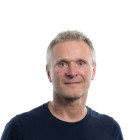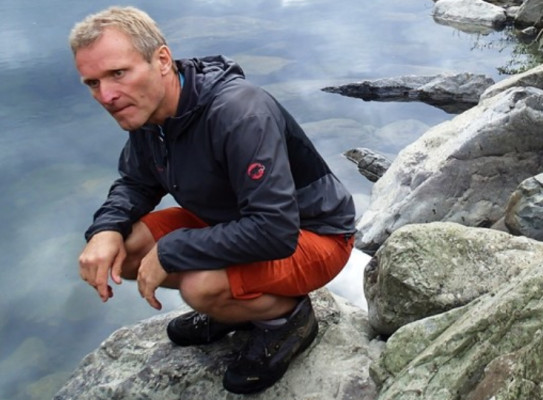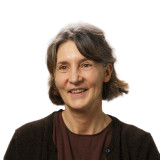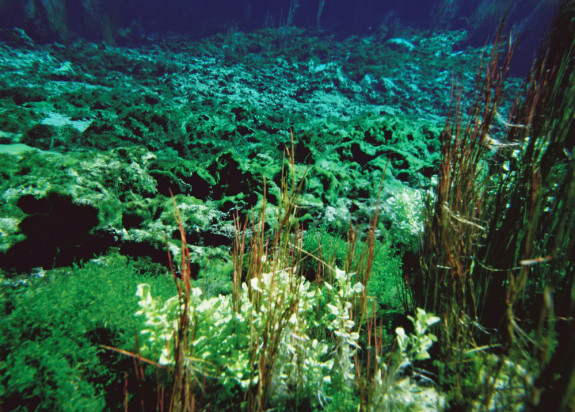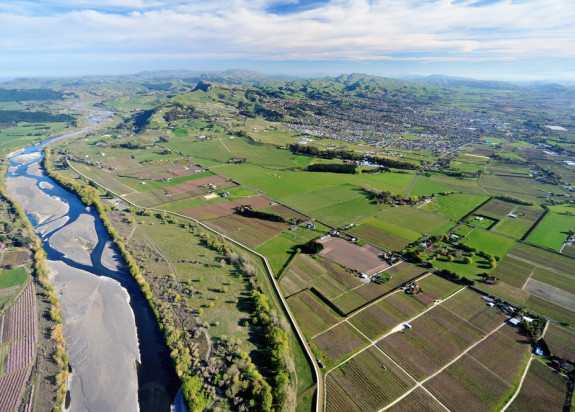The name of this research program is Te Whakaheke o Te Wai or
loosely translated the meandering waters, and that is a reflection of
our groundwater systems and also our focus that we're working in Hawke's Bay on, on the Hirotanga
catchment, and the nature of the water and how it flows through our lands. The aim of the project
is to better understand groundwater flow, the the pathways of groundwater flow and the origins
of of groundwater beneath the surface with the idea that if we can understand it better
we can manage it better the project. Is a sort of sum of three parts isotope science
mataranga knowledge and modelling and I lead the modeling stream. And what we're doing is to
build a framework that allows models to be built very very quickly as soon as there's a concern
and you tailor the model to answer the question or the concern that it's meant to be addressing,
and they'll answer the question a lot more accurately. So my role in this project is to
ensure that mataranga maori or maori knowledge is incorporated into this project it's important
that we increasingly and incorporate indigenous knowledge with western science when we're trying
to and better understand things particularly in this case around the water and and how how we can
better look after this resource that we have. For Hawke's Bay and one outcome from this project is
that we are definitely going to be able to manage our water resources much more effectively, but as
a nation I think having these tools that can be applied nationally will help address the some
of the big problems we have with water resource management that are fairly consistent across the
country. Over many years I have been developing techniques to read the isotopic signature of
groundwater which can tell us about what where the water is being recharged so the recharge source,
but also how long it has been underground which then will give us a better understanding of how to
manage groundwater resources. Apart from just the the tools that this project's going to provide,
I think it's one of the best things about it is working with a really really super talented bunch
of people at GNS science, and and getting into some novel research and practical science that
is pushing the limits of what's being done before so in that respect it's really quite exciting.
